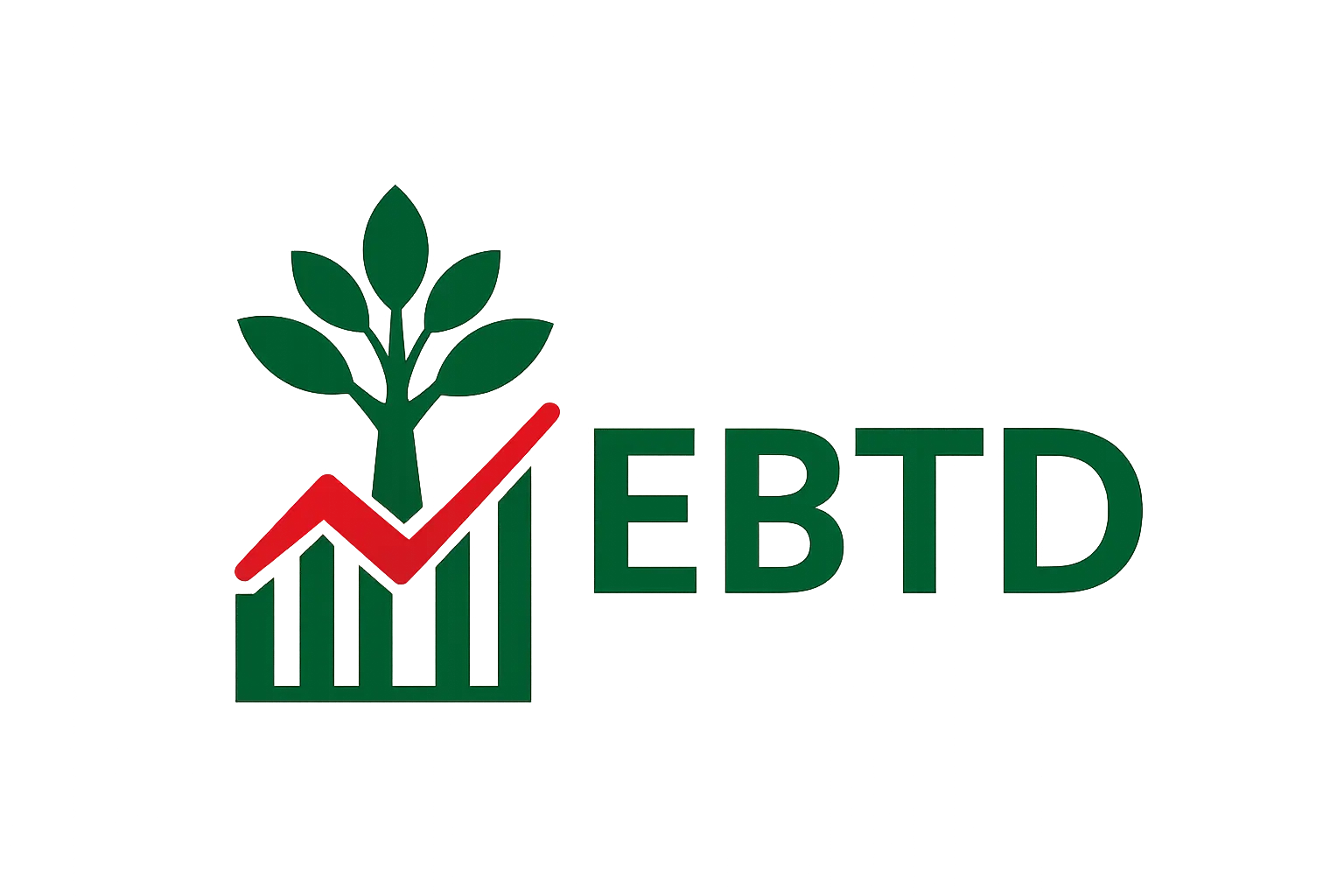🎙 Episode Summary
In this episode, we explore metacognition and self-regulated learning — often described as “thinking about thinking” — and how they can drive large gains in student learning with relatively low cost. We unpack the core components (cognition, metacognition, motivation), introduce the Plan-Monitor-Evaluate (PME) cycle, and offer a practical seven-step lesson framework to embed these ideas into everyday teaching. The goal: lecturers, teachers and school leaders in Bangladesh (and beyond) will get classroom-ready strategies to help students become more aware of themselves as learners, better at choosing and adapting learning strategies, and more motivated to persist when tasks get hard.
